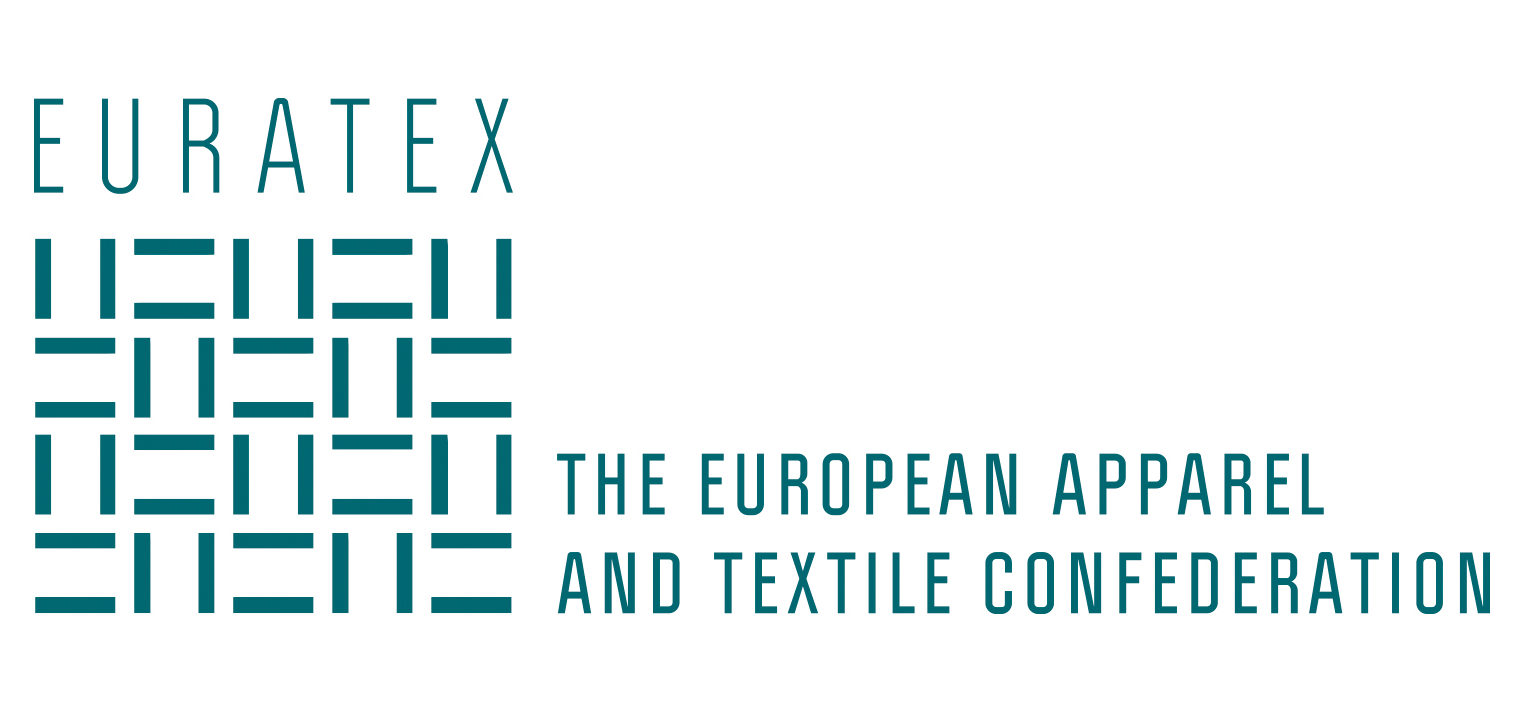EURATEX welcomes the objective of REACH to protect human health and the environment and to promote innovation for companies. Since its entry into force almost 10 years ago, REACH has significantly impacted the European chemicals policy.
As the Second REACH evaluation has been completed highlighting key action points, EURATEX wishes to draw attention on the following considerations:
1) Impact of the REACH 2018 registration deadline on the EU textile and clothing sector
2) REACH enforcement and level playing field
3) REACH as an innovation booster rather than inhibitor
4) Need for harmonised and validated test methods
1) Impact of the REACH 2018 registration deadline on the EU textile and clothing sector
The last registration deadline for substances in 1-100 tonnes range ended on 31 May 2018. The preliminary results obtained by the European Chemicals Agency show that less substances were registered than expected (21 551 substances registered as compared to expected number of ~30 000 substances). Substances not registered cannot be used nor imported on the European market after this deadline. The last registration deadline directly concerns chemical companies, however, downstream users including textile and clothing industry rely on their suppliers. This particularly pertains to certain specialty products, e.g. dyes, that might not be available on the market anymore and are crucial for the EU textile and clothing sector. This might lead to shifting of the production outside of EU and other possible disruptions in the supply chain that will only be visible in the months to come.
Permanent monitoring of the impact of the REACH registration deadline on the textile supply chain shall enable full understanding of possible disruptions, e.g. substance disappearing from the market, substance price increase, shifting of the production outside of EU, monopolies or market concentration etc.
2) REACH enforcement and level playing field
REACH and market surveillance go hand in hand—in Europe there is, in general, strong scrutiny over chemical compliance, however, if same rules do not apply for companies outside of Europe, it may lead to unfair practices and unsafe low-quality goods. Improving market surveillance has a key role in identifying “free-riders”, favouring a level playing field between EU and non-EU manufacturers and protecting EU consumers. The lack of such mechanism may not prevent the import of unsafe goods and may even trigger tightening of EU chemical regulation which might punish the compliant companies while not offering real protection for consumers and the environment.
3) REACH as an innovation booster rather than inhibitor
Chemical regulation is constantly evolving with new restrictions that often come faster than “solutions” on the shelves. Restrictions should be carefully assessed to avoid any regrettable substitution that may not deliver the performance and functionality needed and could be even more harmful to human health and the environment.
EU companies are willing to invest in wise substitution, but this takes time, more research and cooperation between different actors in the value chain. An example is a recent restriction on PFOA and related substances (“C8 chemistry”) that is strongly linked to ongoing EU research and innovation projects involving SMEs and universities assessing alternatives or new production methods for high performance materials , like fluoropolymers and flourinated polymers needed e.g. for protective textiles and many other high-tech industrial applications (e.g. medical textiles like drapes). With the future proposal for restriction on short chain PFASs, which is so far the best performing alternative in terms of oil repellence for technical textiles and PPE, more radical research on new fluorine free chemistry, particularly in the framework of future HORIZON EUROPE projects, needs to deliver alternatives that can be effectively applicable in the industry.
4) Need for harmonised and validated test methods
Every restriction shall be accompanied with a validated and harmonised test method that ensures legal certainty both to regulators and companies. For example, case of the restriction on lead and its compounds in Entry 63 under REACH has widely exposed the issue of test methods which only become available after regulatory action takes place. Absence of a validated and harmonised test method for a given restriction might lead to ambiguity over compliance.
Considering the above, EURATEX wishes to recommend:
1) Monitoring the impact of the last REACH registration to enable full understanding of possible disruptions in the textile supply chain;
2) Address better enforcement and market surveillance on imported products which identify and deter free-rider behavior to safeguard EU consumers and provide a level playing field between EU and non-EU companies;
3) More research and innovation projects on safer alternatives are needed to respond to the regulatory pressure and industry needs as well as to avoid regrettable substitutions;
4) Every restriction shall be accompanied with a validated and harmonised testing method providing legal security to businesses and regulators.
We call for collaboration between authorities, industry and other key players to assess these issues and elaborate appropriate solutions
